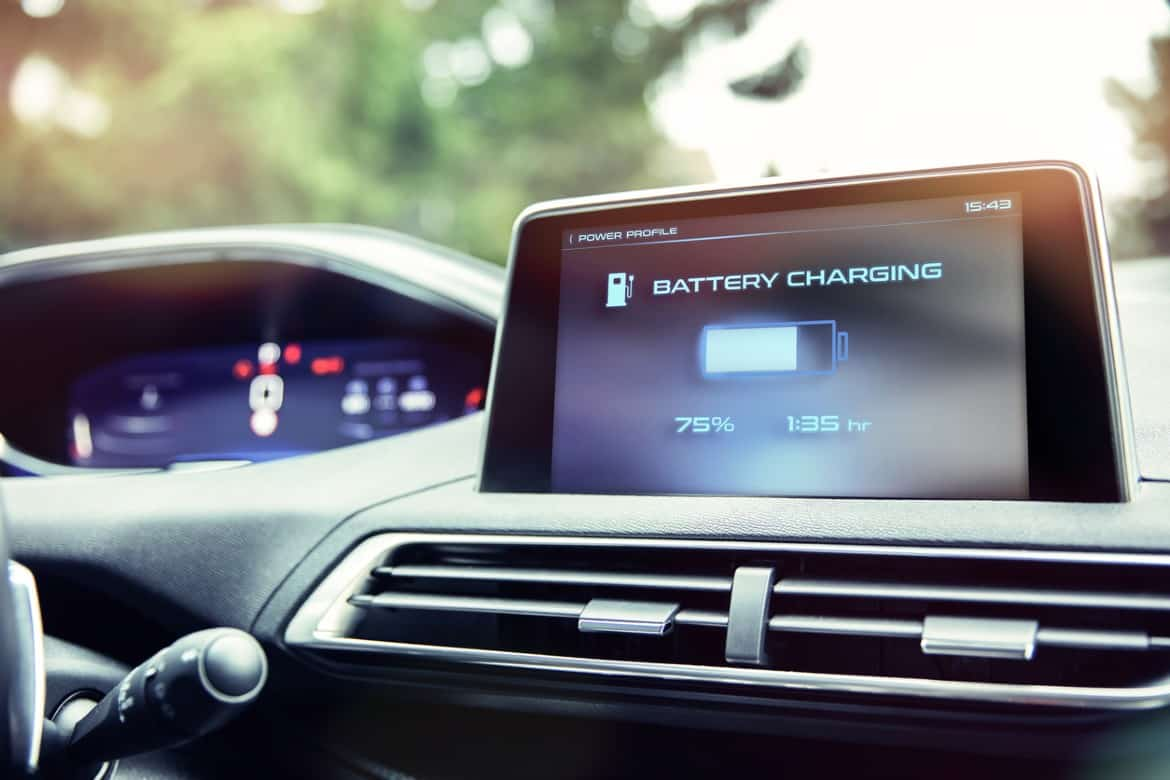Electric vehicle charging modes explained
Four charging modes explained

If you’ve only ever driven a petrol or diesel car, filling it up is a process you’ll be well familiar with. That doesn’t mean that you might not have had an incident in the past where you’ve picked the wrong nozzle and ended up needing to get the tank drained, but making sure your car has the fuel it needs is a straightforward process that hasn’t changed much in decades.
Switching to an electric vehicle means entering into a whole new world. But don’t worry, because we’ve got your back and we’re here to explain everything you need to know. In this blog we’re talking about charging modes, so if you didn’t even know that they existed until now, here’s everything you need to know:
What are charging modes?
The time it takes to fully charge an EV has historically been a stumbling block when it comes to convincing people to make the switch, but huge strides have been made in recent years to speed up the process and make it fit more conveniently into how we use our cars and live our lives.
These advances in technology are represented in the form of charging modes, which each correspond to a specific type of charging. Currently there are four charging modes, imaginatively named Mode 1, Mode 2, Mode 3 and Mode 4.
Here’s what each of them are:
Mode 1 (Slow Charge)
The simplest method of charging your electric vehicle and also the slowest. Mode 1 uses the standard three-pin household plug, so you can effectively charge your car the same way you charge your phone. Of course, cars are bigger and more powerful than phones, so this isn’t ideal, and because there’s a maximum power of 3.7kw. In fact, if you want to charge your car this way, you need to be able to limit the charging power of the car to avoid the risk of overheating your electrics. It can take around 8-12 hours to fully charge a car in Mode 1.
Mode 2 (Slow Charge)
This mode is similar to Mode 1 in that it uses a conventional plug socket but with a safety adapter that allows communication between the plug and the vehicle to avoid the potential for overheating. The charging power is still slow with a maximum power of just 2.4kw, but for the convenience of the set-up, it’s one of the most popular methods of home charging for EVs, working well for overnight charging.
Mode 3 (Semi-Fast Charge)
Unlike the previous two modes, this one involves the installation of a specific device for charging your car. This wall box is there not only to provide safety but also increased speed and reliability making this an increasingly popular method for home charging, despite the initial challenge of finding a location for the wall box on the outside of your home.
The speed of charging is dependent on the maximum rate of your EV and what your household supply is capable of, which is usually around 15kw in total, with your charging speed whatever is available outside of other household usage. With a single phase electrical connection this is likely to be 3.6kw or 7kw. If you have a three phase connection it can be up to 40kw.
Mode 4 (Fast Charge)
In the future Mode 4 could be the standard charging points we have in our homes, offering high speed charging, but right now these are found out in public places like petrol stations, supermarket car parks and other convenient locations where you can quickly charge up your vehicle while you wait.
The charging speed for Mode 4 varies depending on the units involved, ranging from around 50kw to 400kw. Fast charging units can usually fully charge an average EV within 3-4 hours, compared to rapid charging units which can do it in around 30 minutes.
The speed of development of both charging systems and EV batteries means that we’ll soon no doubt have more than these four modes of charging as powering up our electric cars becomes ever quicker and more convenient.
Posted on: 9th June 2021


